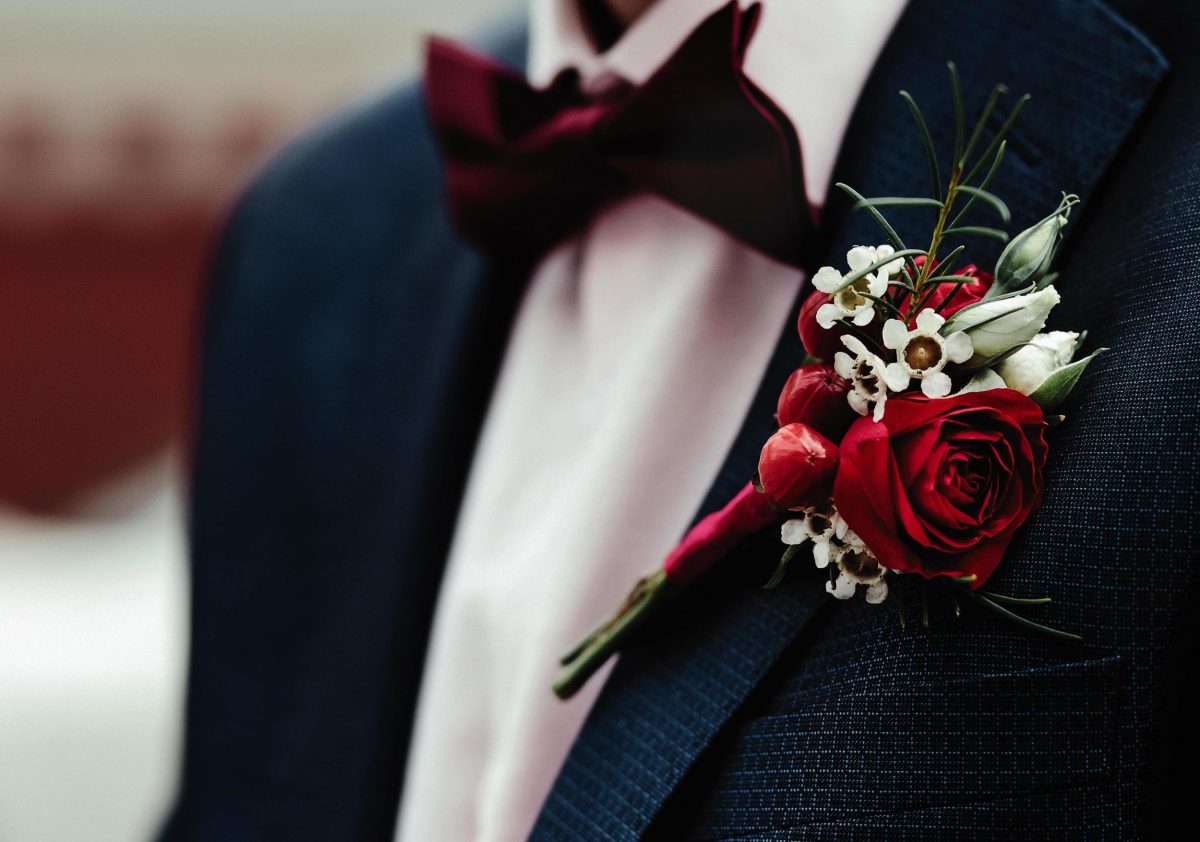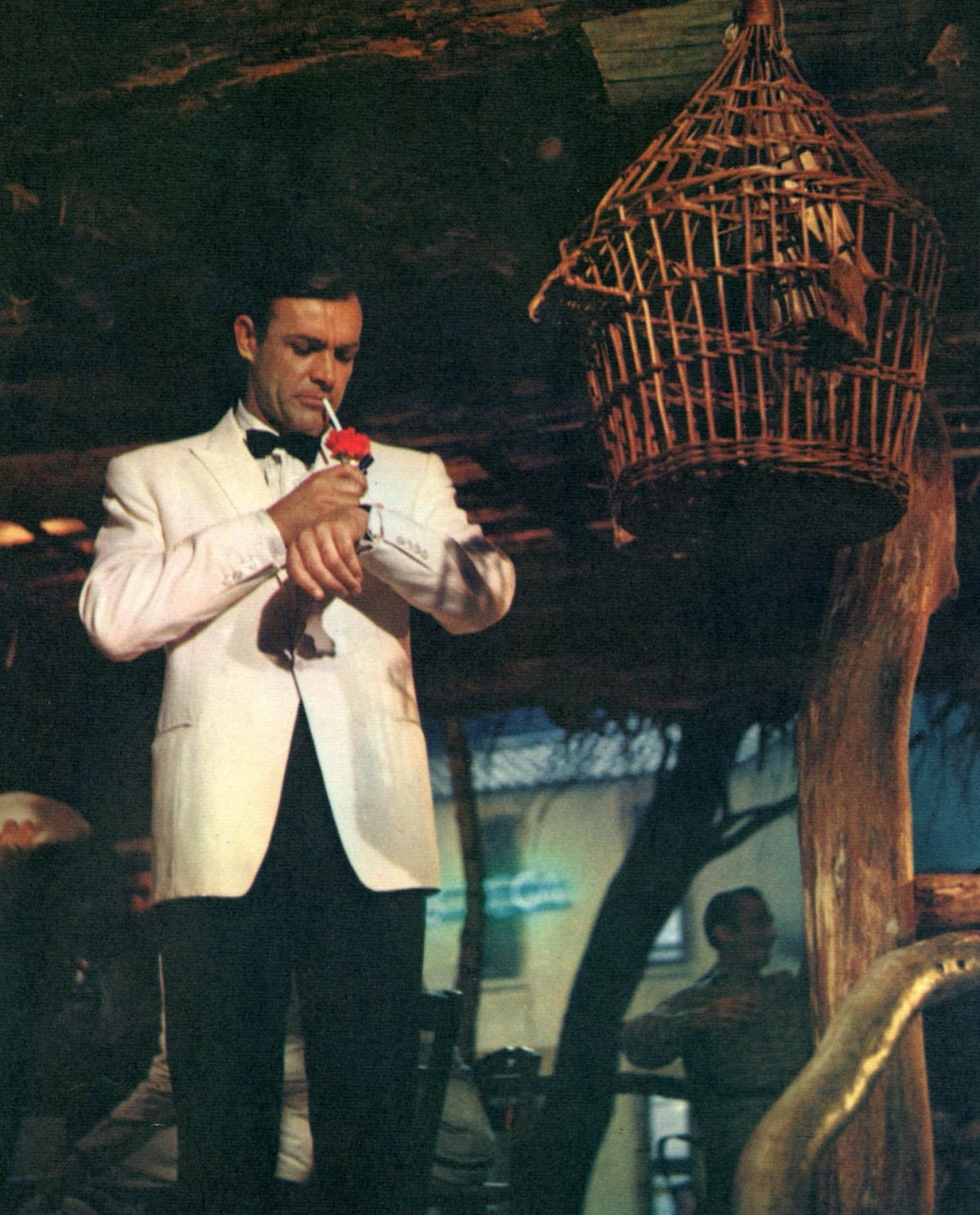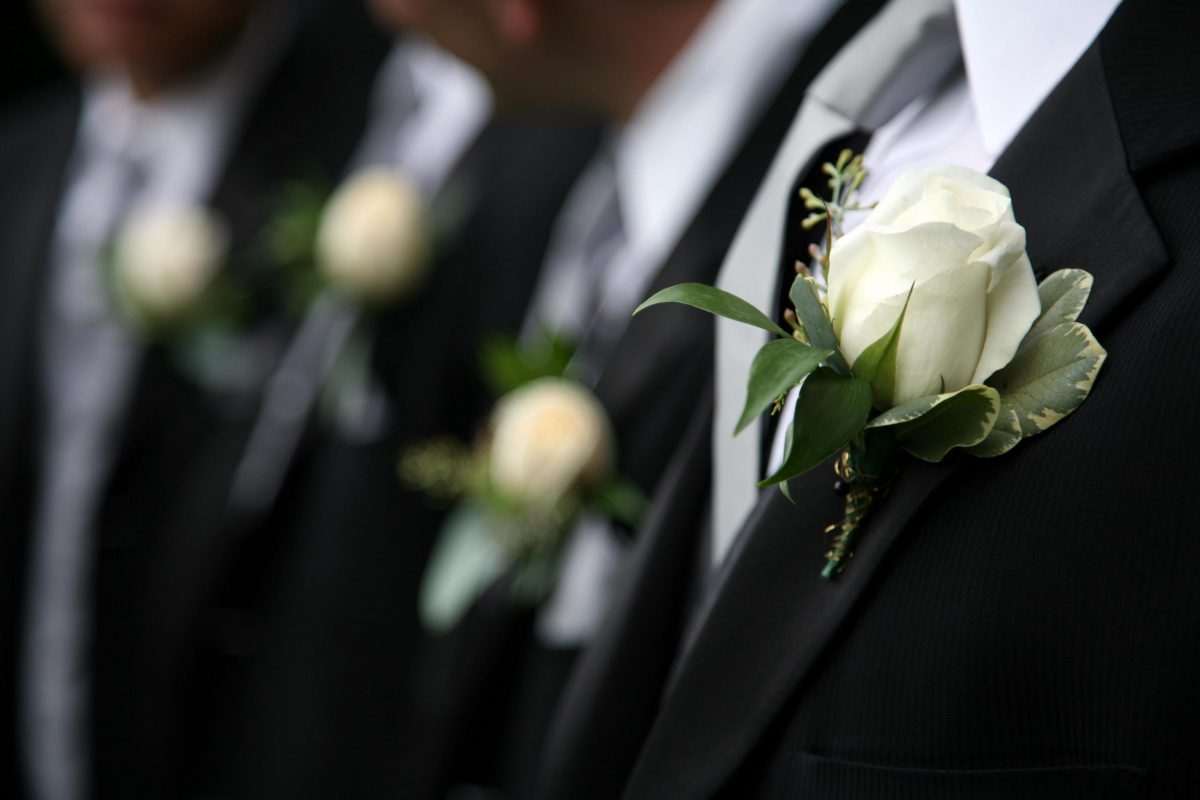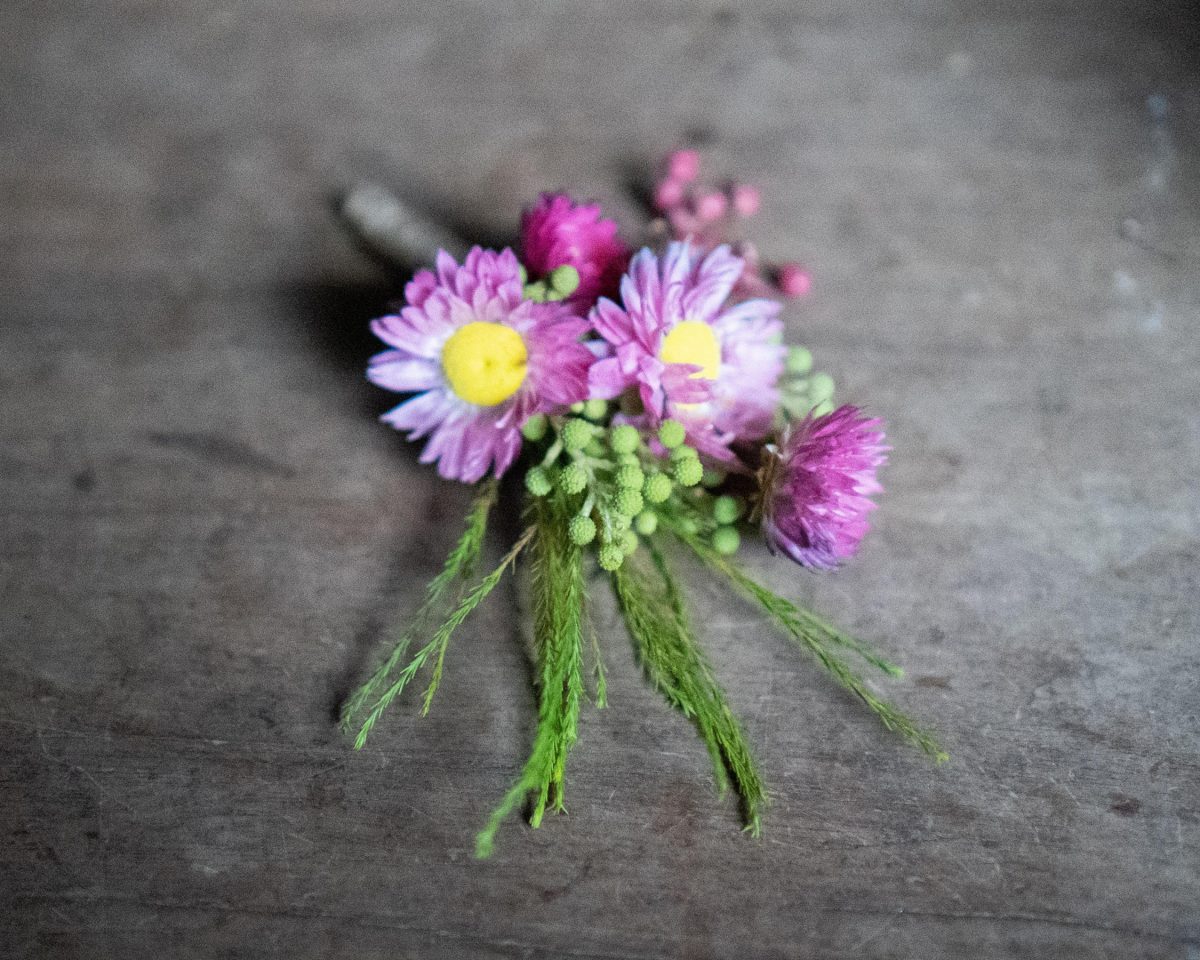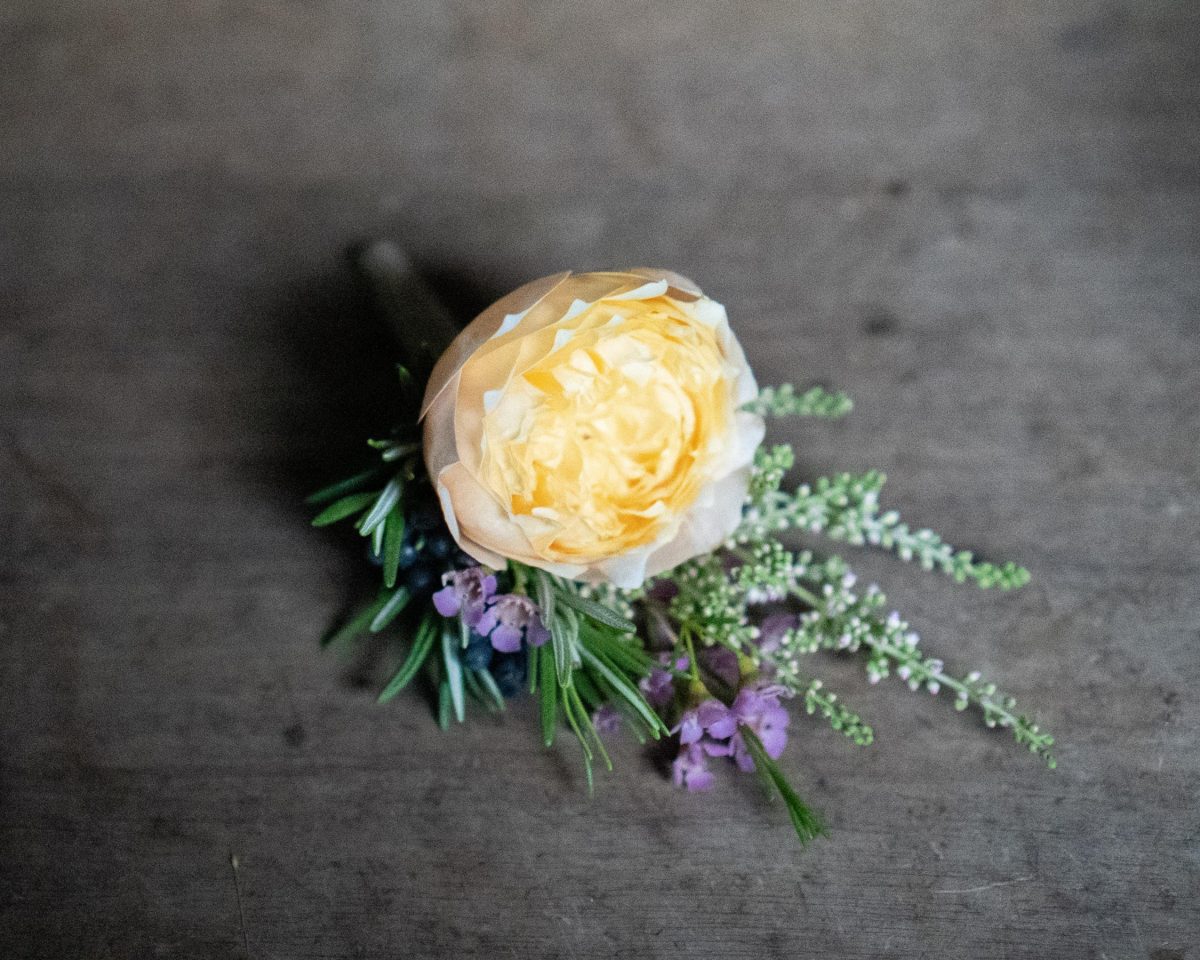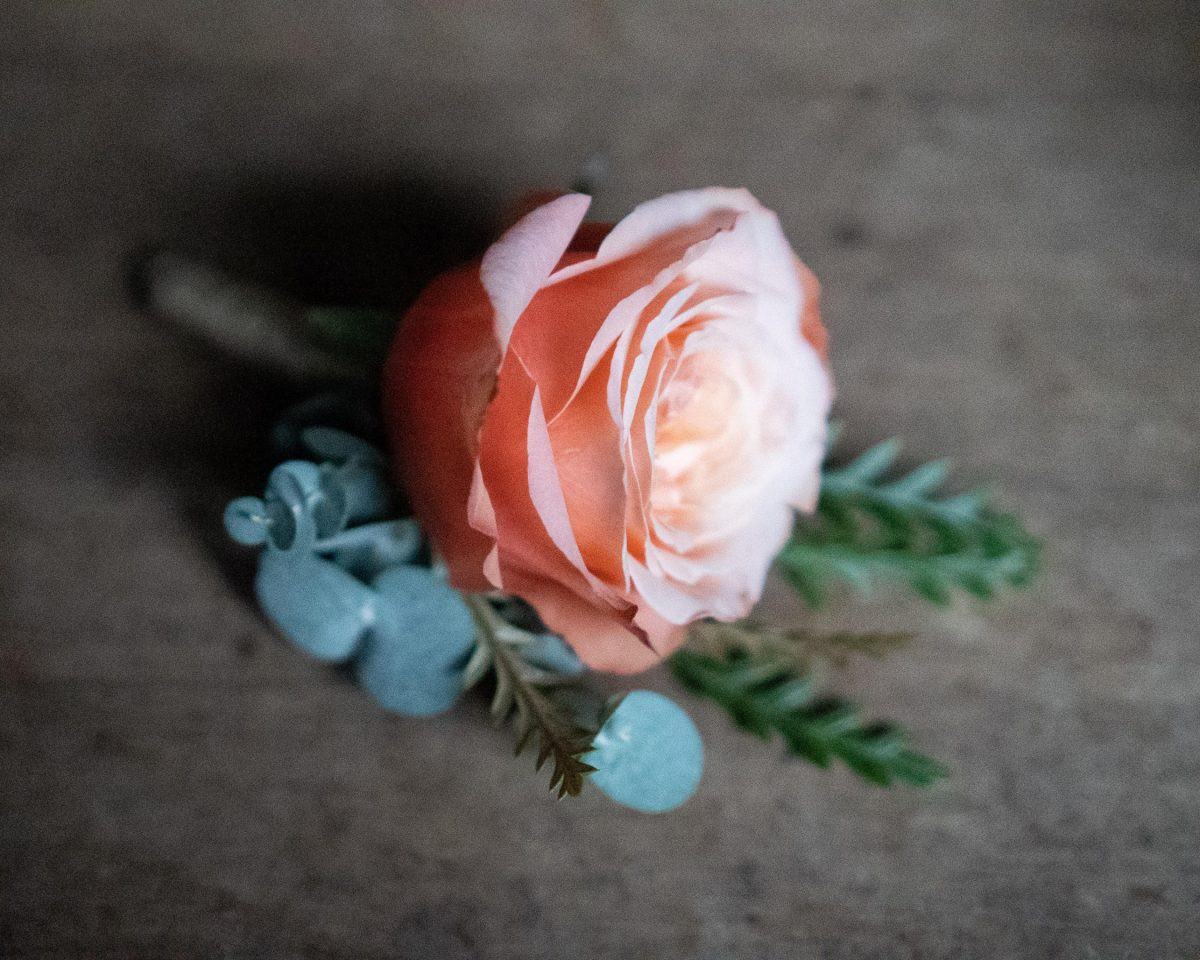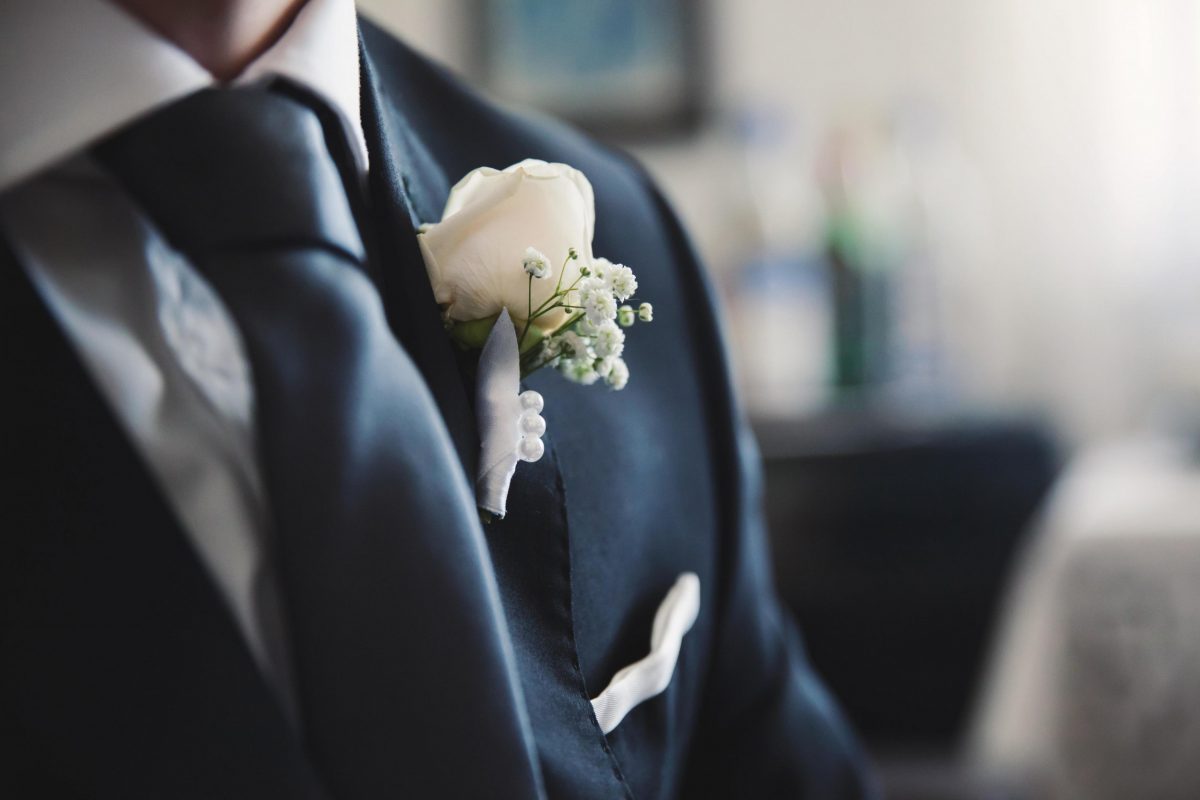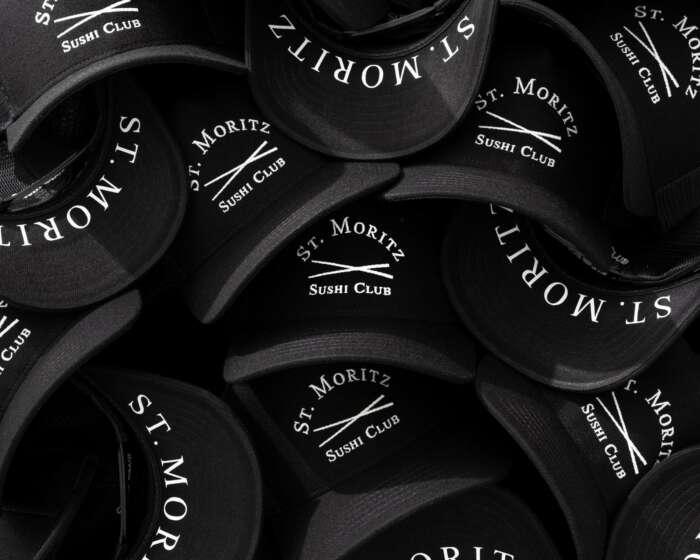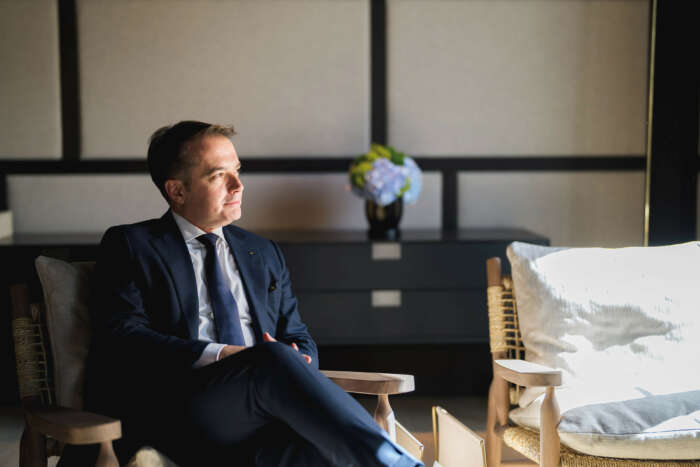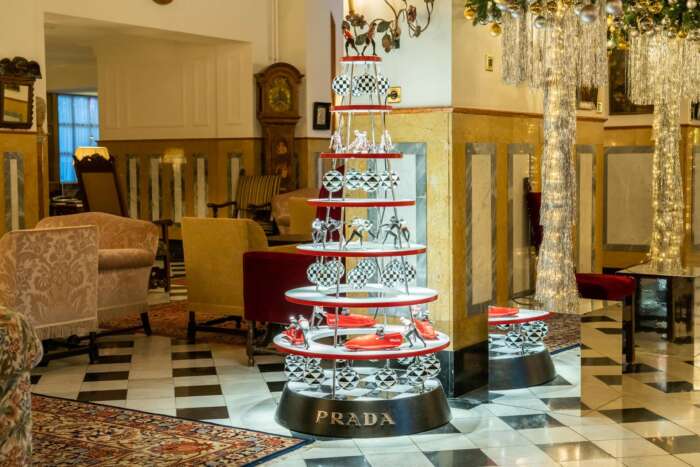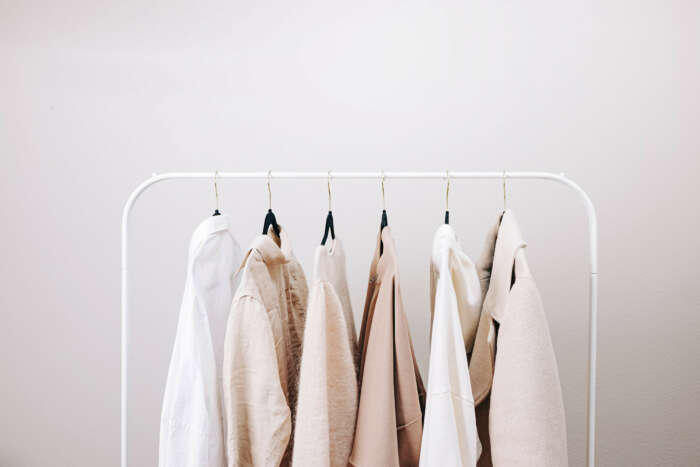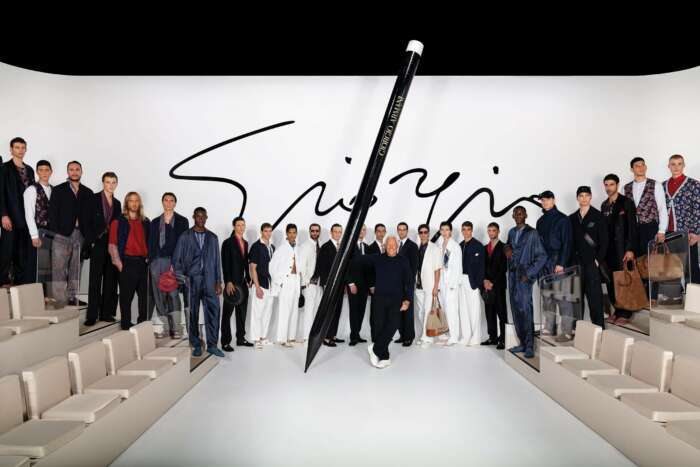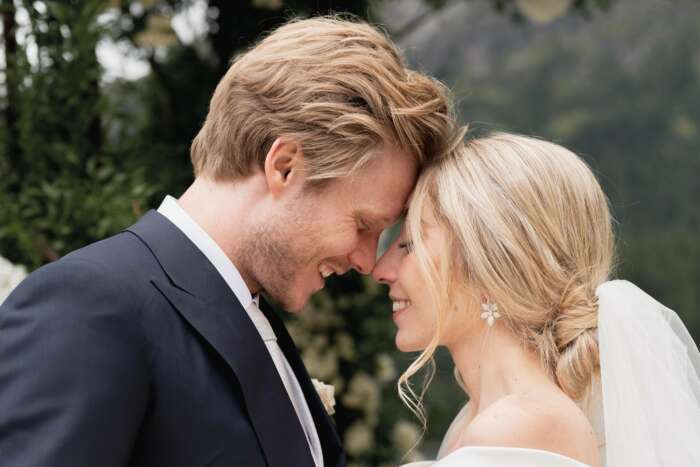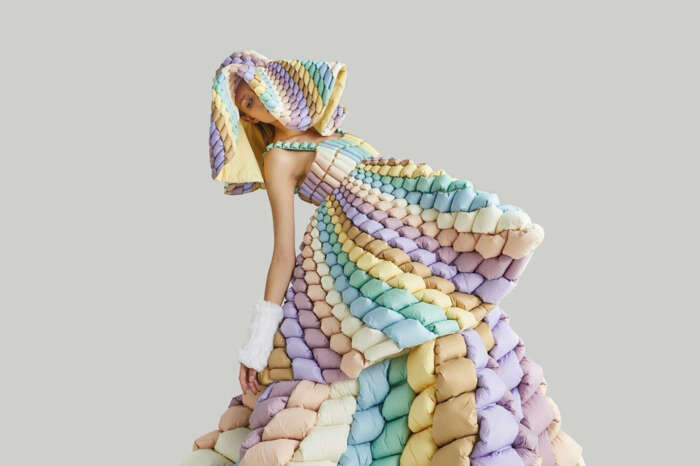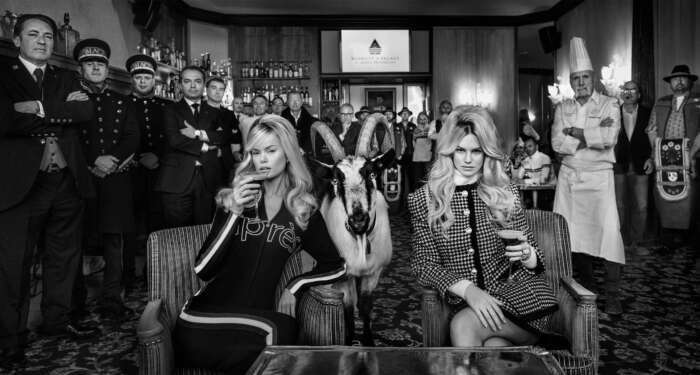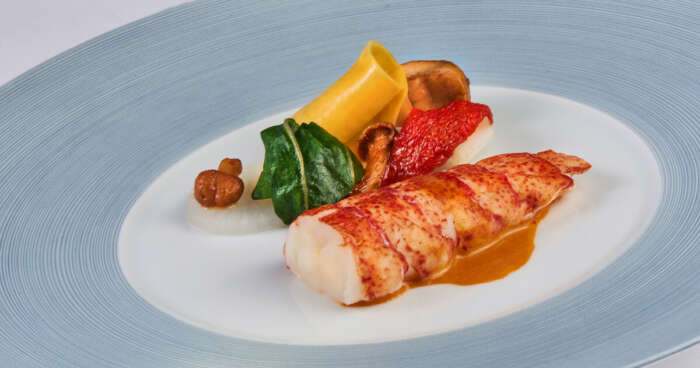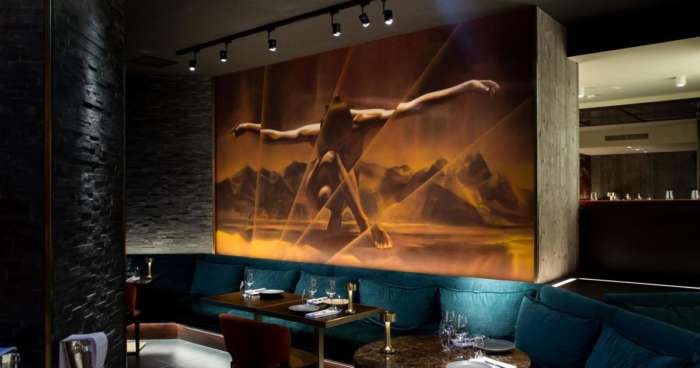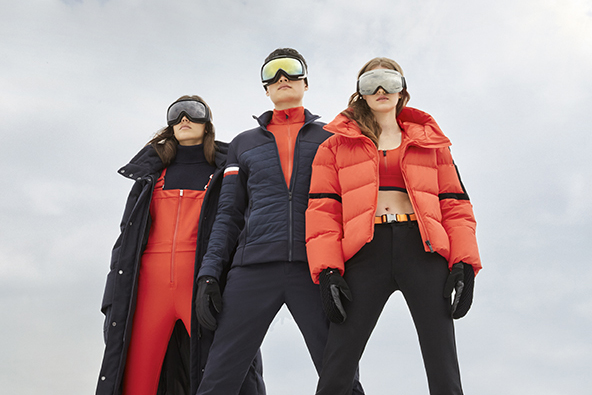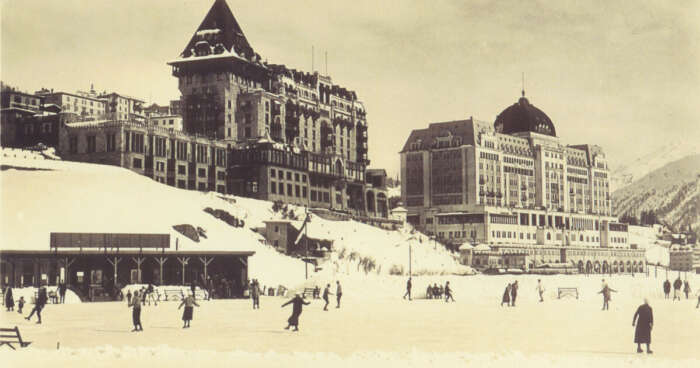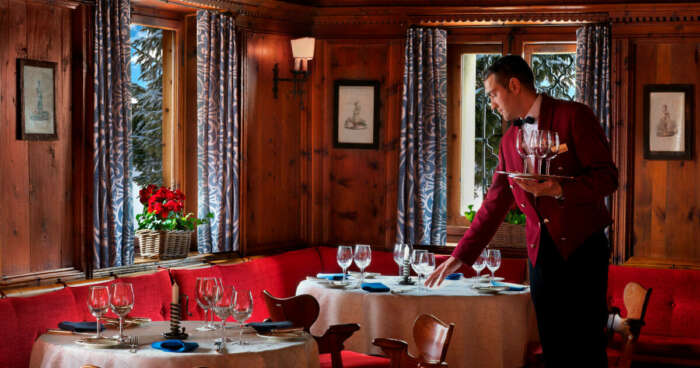At Celine’s recent Spring/Summer 2020 menswear show in Paris, models stormed the catwalk channelling the louche 1970s rocker look, with some wearing carnation buttonholes to add a touch of romance.
The buttonhole has been a part of men’s sartorial elegance for hundreds, if not thousands, of years. Also known as a boutonniere, the style refers to the inclusion of a single flower or mini bouquet pinned or threaded through the buttonhole of a man’s lapel.
“A really well-made buttonhole is the only link between art and nature”
The 19th-century heyday of the boutonniere was influenced by the Romantic and Aesthetic movements in Europe, with small floral adornments gracing the suits of the likes of sartorial eccentric Robert de Montesquiou-Fezensac and poet and playwright Oscar Wilde, who once said: “A really well-made buttonhole is the only link between art and nature”. In the 1940s and 1950s, carnation buttonholes were worn by Hollywood stars such as Frank Sinatra, Cary Grant and Clark Gable. The style remained in vogue for black and white tie well into the 1960s and 1970s and even adorned the white tuxedo of Sean Connery as James Bond in Goldfinger.
Wedding boutonniere etiquette
Today, the buttonhole is mainly reserved for wedding attire, where it is the preserve of the key men. “They are worn by all the men in the bridal party, from the groom, best man, father of the bride, father of the groom, the ushers and the page boy,” says Grant WV Harrold, a British etiquette expert and royal commentator. Etiquette also demands a certain placement: “They must be worn on the left-hand side, above your heart,” he adds.
Grant WV Harrold also cautions gentlemen over the choice of bloom. “A buttonhole is very much a personal choice but it’s best to pick something that has a pleasant smell,” he says. “You must also consider the size. One would not want a sunflower; a small carnation is quite sufficient.”
Matthew Stovall, Creative Director of LA-based Eric Buterbaugh, floral designer to the stars including Gwyneth Paltrow, also warns against tulips and some types of poppy in a buttonhole: “Avoid anything too delicate that can fall apart.”
Flowers that need lots of water are also best avoided. “Take hydrangeas, for example,” says Roma Foulds from London flower shop Scarlet & Violet, which created the fairyland flowers for supermodel Kate Moss’s wedding to rockstar Jamie Hince in the Cotswolds, England. “If you choose them towards the end of the season and they are quite dry, then that’s fine, but if you put one in a buttonhole at the beginning of spring or early summer, then it will not look its best after a few hours.”
“In winter, you can afford to have something a little heavier because it will be going on a more robust suit jacket”
The bridal party’s clothes should also be taken into consideration when selecting your flowers. “If you are wearing a lighter fabric you want a buttonhole that’s lighter,” advises Gina Hardy from the renowned London flower shop and floristry school McQueens. “In winter, you can afford to have something a little heavier because it will be going on a more robust suit jacket.”
The language of flowers
The origins of the buttonhole are obscure. Sources liberally attribute the tradition to the Ancient Greeks, warring medieval knights and the romantic gesture of Prince Albert upon his marriage to Queen Victoria of Great Britain.
“The 19th century saw the buttonhole reach peak popularity, driven by the craze for floriography, a form of secret communication between lovers”
But whatever its beginnings, the 19th century saw the buttonhole reach peak popularity, driven by the craze for floriography, a form of secret communication between lovers, with each flower meaning something specific. Daffodils, for example, represented unrequited love and blue violets symbolised faithfulness.
Flowers have been ascribed meanings for thousands of years in all parts of the world, including Asia, Europe and the Middle East, but many of these meanings became crystallised at this time, aided by the English aristocrat and writer Lady Mary Wortley Montagu, who witnessed this secret communication in the Turkish harem in the 18th century. Nineteenth century society seized upon the idea, and men proudly wore mini bouquets with hidden messages upon their jackets.
Contemporary wedding buttonholes
Over time the buttonhole has lost many of these nuances, but in more recent years 21st-century whims have expanded buttonhole choices once more.
Wedding florists have also noticed a growing preference for dried flowers, a more sustainable option when flowers aren’t in season locally, as well as trends for a more natural and rustic look.
“The fashion to have flowers that looked like they had been hand-picked from your garden started a few years ago”
“Blooms such as strawflower and lavender are lovely. They’re also easy to look after and they can last for the duration of the event,” says Gina Hardy. “The fashion to have flowers that looked like they had been hand-picked from your garden started a few years ago. We stopped wiring a lot of buttonholes and would make small bunches tied together with wild flowers, foliage and herbs.”
Rob Palliser, manager of renowned Scott’s Flowers NYC in New York, agrees. “The words fresh, gardeny and organic spring to mind,” he says. “We are receiving lots of requests for succulents, dusty miller, herbs and berries.”
Simple and scented
Rob has also noticed that buttonholes have been getting smaller and more textured, almost resembling tiny bouquets. “We’ve been using small flowers such as ranunculus or vanda orchids as a focal point, accented by delicate foliage,” he says.
Aromatic herbs are also becoming increasingly popular, and many florists are combining scented flowers with rosemary, lavender, marjoram, thyme and mint.
Trends may come and go, but the enduring meaning of a buttonhole is romance – whether conveying unspoken words of love or celebrating the start of a marriage. And it’s a tradition that is here to stay.
